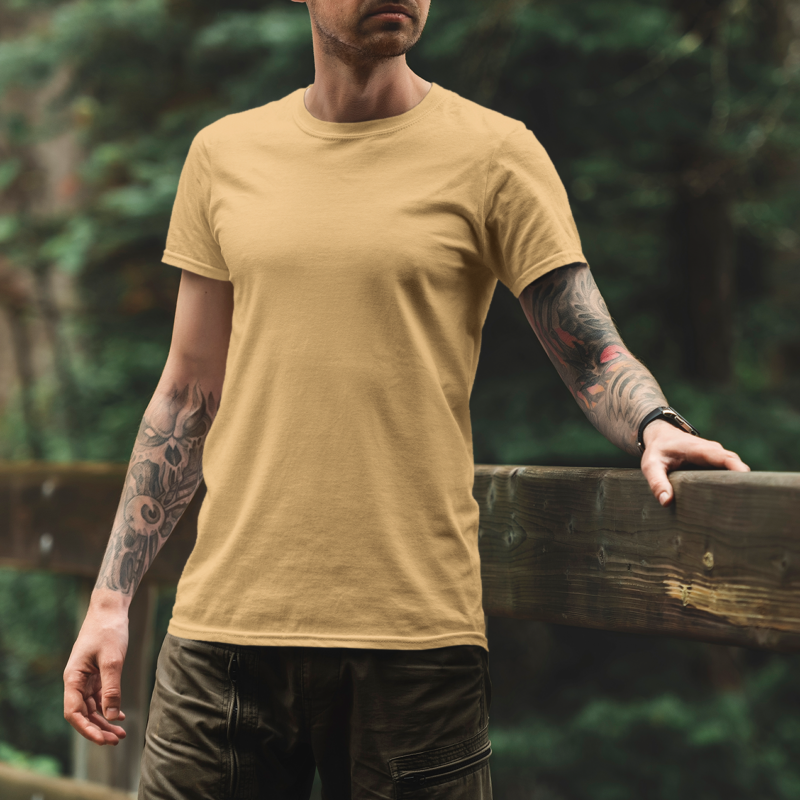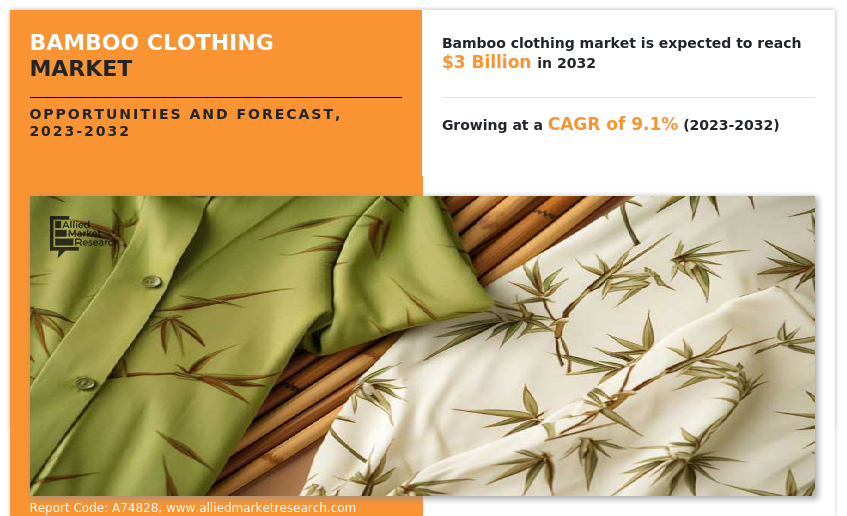Free Advice To Picking Bamboo Clothes
Wiki Article
Why Is Hemp More Durable, Biodegradable, And Regenerable Than Cotton?
Hemp's natural properties and the method of growing it makes it more biodegradable and long-lasting than cotton. Here's why- Biodegradability-
Natural Fiber Natural Fiber Hemp is made of an organic plant fibre that is biodegradable. Clothing and textiles made from hemp break down over time. The waste is returned to the earth, without lasting effects. This is different from synthetic fibres like polyamide, which can decompose over a period of hundreds of years.
Hemp textiles are not contaminated with chemical treatments and additives which may hinder biodegradability. Contrary to this, some cotton textiles are treated using synthetic chemicals like dyes and finishes, which could hinder the biodegradation process.
Durability-
Hemp fibers can be distinguished by their strength and endurance. Hemp fabrics and clothing are more durable than cotton, which helps make they last for longer. That means hemp clothing can last longer before it starts to show signs of wear and wear and tear.
Hemp fabric is less susceptible to pilling, which is the formation of tiny fuzzy balls on the surface of the fabric. This contributes to the longevity of their fabric and the overall quality.
Regenerative Agriculture-
Soil Health- Hemp cultivating is a regenerative practice when it's carried out sustainably. Hemp cultivating sustainably has a deep-rooted system that helps to prevent soil compaction. The root system also helps to prevent erosion. This process of regeneration could help improve soil health for future crop.
Low environmental impact - Sustainable hemp cultivating methods involve the use of only a few pesticides. Cotton farming, which is dependent on synthetic chemicals, may cause soil degradation and water contamination.
Water Efficiency-
Hemp generally requires less cotton to grow. Its drought-resistant nature means it can thrive with minimal irrigation or in rain-fed conditions. This makes the plant the ideal choice for those with limited available water like those that are dry.
Hemp can be used in systems of crop rotation to enhance soil health and reduce disease risk and depletion. Cotton farming isn't as prone to the effects of crop rotation.
Hemp is a versatile material that can be used to many different products, such as building materials clothes, textiles, and even paper. This implies that hemp cultivation could be used to support a variety of industries using sustainable and regenerative practices.
Although hemp has numerous advantages however, it is crucial to keep in mind that hemp and cotton could both be made using a sustainable or a non-sustainable way, depending on farming methods and processing techniques. Choosing hemp products that are made using ethical and sustainable methods can increase its environmental benefits. Organic cotton can also reduce some environmental problems that are associated with conventional production. Follow the top helpful site about hemp clothes for more advice including hemp baja hoodie, hemp clothing, organic hemp fabric, hemp jeans, hoodlamb jacket, hemp sweatshirt, hemp wear, hemp apparel, organic hemp clothing, patagonia double knee pants and more.

What Is The Hemp-Based Clothing's Performance To Other Fibers In Terms Of Quality And Function?
Hemp clothing offers several benefits in terms of technical and functional over other fibers, in addition to being environmentally friendly. Hemp clothing is an ideal eco-friendly option because it's water- and sweat-resistant.
Hemp fibers are extremely air-tight and moisture-wicking, which makes hemp clothing comfortable to wear in all kinds of weather. They help keep you cool and dry, and stop the growth of bacterial.
Temperature Regulation
Hemp clothing is extremely thermoregulatory. It helps keep your body warm by absorbing warmth near you, and can also help you to stay cool during hot weather. The natural regulation of temperature can reduce the need to frequently change clothes.
Durability and long-term durability-
Hemp fibers are well-known for their durability. Hemp clothing tends to be more robust, resistant to wear, and long-lasting than traditional fibers. Hemp clothes are robust, which means they will last longer and lessen the need for replacements and consequently, reduce their environmental impact.
UV Protection
Hemp fibers provide natural UV protection, protecting the skin from damaging UV radiation. This is especially beneficial for outdoor sports and activities.
Biodegradability:
Hemp clothing is biodegradable which means it will break down naturally when it is taken care of. This property helps reduce the environmental impact of textile trash. Synthetic fibers may remain in landfills for long periods.
Low Environmental Impact
Hemp cultivation is less dependent on synthetic pesticides than cotton. Additionally, it uses less water, making it a more environmentally friendly choice. The eco-friendly aspects are further improved by organic farming.
Carbon Sequestration
Hemp plants are able to absorb carbon dioxide throughout their growth. Hemp cultivation functions as an absorber for carbon dioxide, reducing greenhouse gas levels.
Sustainable Crop Rotation and Sustainability-
Hemp can be added to systems of crop rotation. This helps improve soil health while decreasing the chance of soil depletion. This sustainable farming technique is possible because of sustainable farming practices.
Versatility:
Hemp fibers may be blended together with other materials (such organic cotton or recycled polyester) to create eco-friendly and high performance fabric blends. This versatility enables the development of innovative, sustainable textile products.
Low Toxicity
Hemp fibres are low in toxicity due to nature and do not need chemical treatment. They reduce the environmental impacts of textile production.
It is important to be aware that even though hemp offers many environmental benefits, including functional ones however, its overall sustainability depends on factors such as the process of dyeing, transportation, and ethical work practices. If you want to make an environmentally-friendly choice, look for clothing companies which are committed to transparency and sustainability when using hemp fibers as well as other eco-friendly materials in their designs. View the best hemp clothing hints for more tips including hemp tank top, patagonia hemp pants, organic hemp fabric, patagonia hemp island pants, jungmaven sweatshirt, hemp jeans mens, american made hemp clothing, hemp golf shirts, hemp wear, jungmaven clothing and more.

What is the main difference between hemp fibre and bamboo fiber?
There are numerous differentiators between bamboo and hemp and bamboo, as well as their distinct characteristics. Here are the major distinctions between hemp and bamboo fibers. Plant Source-
Hemp- Hemp fibres are constructed from the bast of the stalks. Hemp is a versatile and rapid-growing plant that was cultivated for various purposes for many centuries.
Bamboo Fibers of Bamboo are made from the pulp of bamboo plants. Bamboo is a grass that grows quickly and is well-known for its sustainability.
2. Fiber Characteristics
Hemp- Hemp fibers are recognized for their durability and strength. They are a natural fiber which soften and become more supple after washing, which makes them suitable to make long-lasting fabrics.
Bamboo fibers can be smooth and soft. While they might not be as durable as hemp fibers, and are more delicate in some cases, their comfort on the skin is greatly valued.
3. Texture and Feel
Hemp fabric is somewhat coarse and has a textured texture. This is evident in its raw state. It is comfortable but has a different feel to bamboo.
Bamboo- Bamboo fabric is smooth, silky, and luxuriously soft. It has been described as having the feel of silk and cotton.
4. It is vital to breathe in addition to moisture wicking.
Hemp- Hemp fibres are naturally breathable, moisture-wicking and allow air circulation. They absorb moisture and permit air circulation. They can keep you cool and dry during hot weather.
Bamboo fibers can also be extremely breathable. They can wick moisture away. Micro-gaps within the fabric increase its ability to regulate humidity and temperature, allowing you to stay comfortable under varying conditions.
5. Environmental Impact-
Hemp Hemp is regarded as an eco-friendly fiber due to its rapid expansion, low water consumption and resistance to insects which makes it less important to apply pesticides. It can also sequester carbon from the atmosphere during its expansion.
Bamboo- Bamboo is known for its environmental sustainability. It is fast-growing, uses less water, and is able to be planted without herbicides or pesticides. Certain bamboo varieties, such as Moso bamboo are extremely ecological.
6. Processing-
Hemp- Hemp fibers must be thoroughly processed in order to separate the outer bast fibres from the inner core. The process may involve decorations, retting and mechanical separation.
Bamboo The bamboo fibers are usually made through a chemical process called the rayon or viscose process. This involves breaking down the bamboo pulp by using chemical. Closed loop systems are employed to eliminate the chemical waste from certain bamboo textiles.
7. Versatility-
Hemp- Hemp fibers are versatile and can be used in a range of applications, including clothing, textiles, paper, building materials, and more.
Bamboo fibers can be found in many products, including sheets and towels.
Both bamboo and hemp possess distinctive properties that provide the benefits of sustainability. Your decision will depend on your preference for the environment as well as what you want in terms of specific properties and characteristics. Have a look at the top bamboo clothes for website info including bamboo onesies, ladies bamboo t shirts, bamboo pajama pants, boody bamboo underwear, bamboo boxer shorts, bamboo newborn clothes, bamboo baby pajamas, bamboo sweater, bamboo brand jeans, bamboo tank tops and more.
